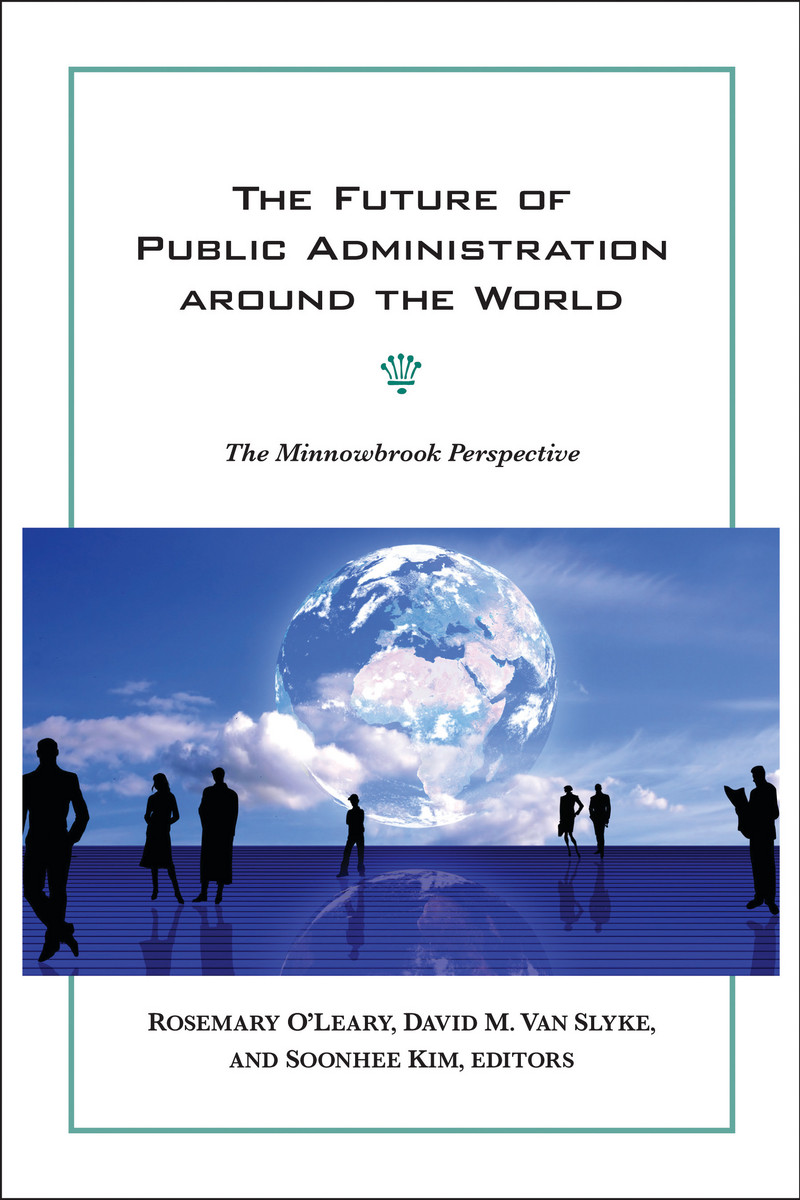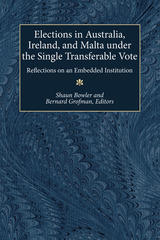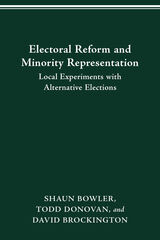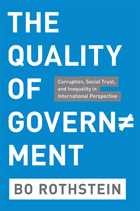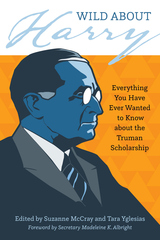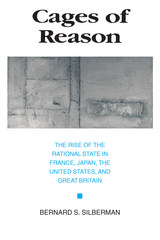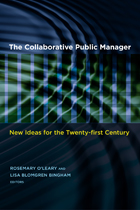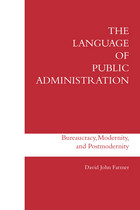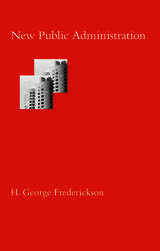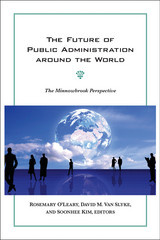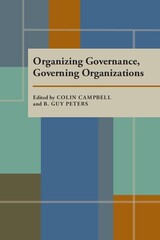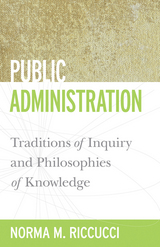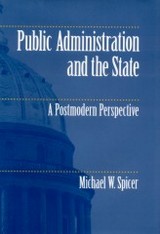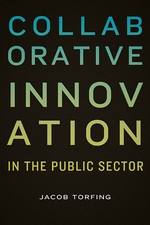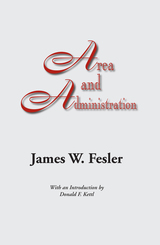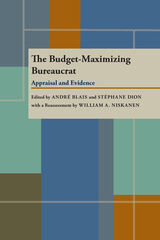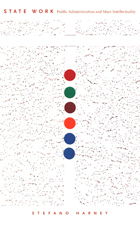Preface
Introduction: The Legacy of MinnowbrookSoonhee Kim, Rosemary O’Leary, David Van Slyke, H. George Frederickson, and W. Henry Lambright
Part I. Studying and Managing Public Organizations of the Future
From Performance Management to Democratic Performance GovernanceDonald P. Moynihan
An Argument for Fully Incorporating Nonmission-Based Values into Public AdministrationSuzanne J. Piotrowski
Are We There Yet? From Taylor's Triangle to Follett's Web; From Knowledge Work to Emotion WorkMary E. Guy, Meredith A. Newman, and Sharon H. Mastracci
The Raised Fist and the Magic Negro: Public Administration and the Black Public AdministratorDomonic Bearfield
Social Equity in Public Administration: The Need for FireSusan T. Gooden
. . . And the Pendulum Swings: A Call for Evidence-Based Public OrganizationsKimberley R. Isett Public Administration: The Central Discipline in Homeland SecurityDale Jones and Austen Givens
Part II. Globalization The Study of Comparative Public Administration: Future Trajectories and ProspectsBidhya Bowornwathana
Reinventing Public Administration for the Twenty-First Century: Toward a More Global and Generic ParadigmYilin Hou
A Personal Memo from a Woman Teaching Public Administration in AsiaOra-Orn Poocharoen
Part III. Collaboration Collaborative Leadership and Local GovernanceSoonhee Kim The “New Emergency Management”: Applying the Lessons of Collaborative Governance to Twenty-First-Century Emergency PlanningMichael McGuire, Jeffrey L. Brudney, and Beth Gazley
Collaborative Governance and Cross-Boundary Information Sharing: Envisioning a Networked and IT-Enabled Public AdministrationTheresa A. Pardo, J. Ramon Gil-Garcia, and Luis F. Luna-Reyes
Collaborative Governance and Climate Change: Opportunities for Public AdministrationKirk Emerson and Peter Murchie
Part IV. Deliberative Democracy and Public Participation
Why Public Administration Should Take Deliberative Democracy SeriouslyTina Nabatchi
When Should the Public be Involved in Public Management? Design Principles with Case ApplicationsJohn Clayton Thomas
The Use of Social Media to Dissolve Knowledge Silos in GovernmentInes Mergel
Part V. Teaching the Next Generation of Leaders Rebranding Public Administration for a Postsector AgeScott E. Robinson
Can the Study and Practice of Public Service Ethics Be Recovered in a New Governance Era?Guy B. Adams and Danny L. Balfour
The Status of The Law in Contemporary Public Administrative Literature, Education, and PracticeDavid H. Rosenbloom and Katherine C. Naff
Adding Value in a World of Diffuse Power: Reintroducing Public Management and Public Financial ManagementJustin Marlowe and Daniel L. Smith
Teaching Democracy in Public Administration: Trends and Future ProspectsMatt Leighninger
Part VI. Remaining Relevant
Making Public Administration Scholarship MatterDavid M. Van Slyke The Challenge of Remaining RelevantKristina Lambright Has Public Administration "Repositioned" Itself?: Advances and Inertias in Transitioning to the Collaborative Governance ParadigmKelly LeRoux
Public Administration and Management Research: Evidence of Isolation and Unrealized OpportunityBradley E. Wright
Improving Collaboration Research by Emphasizing the Role of the Public ManagerBeth Gazley
Conclusion: Challenges and Opportunities, Crosscutting Themes, and Thoughts on the Future of Public AdministrationDavid M. Van Slyke, Rosemary O’Leary and Soonhee Kim
List of Contributors
Index
